We continue our interview with Gary Hazlitt. Part 1 is here.
Lowell: Could you talk a little about Australia’s presence in Second Life?
Gary: I think it is a very interesting time for web 3.0 and especially Australia which is one of the most remote communities in the physical world. I think there is both a strong camaraderie and inventiveness in the psyche of Australians and it bodes very well for their place in the global, virtual, metaversal grid. I created the first major Australian presence in SL with the AFTRS Island Esperance, and then a private island that I share with 3 other Aussies. It has always been a goal to try to create a larger community of connected islands. Originally the BigPond islands were close to ABC and the two above and other educational institutions were going to come into the mix. That will still happen – it is important to have virtual proximity with such a small population and market. A cluster of Australian islands is important as a foundation and seed to learn from each other and build an Australian community and have brand fights at this experimental stage.
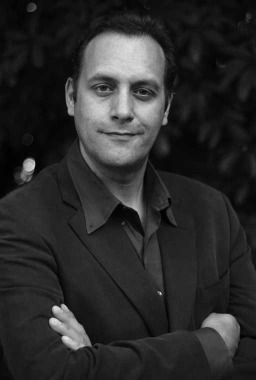
Lowell: What are your aims with your company?
Gary: One thing that excites me most about SL (and this is with my LAMP hat on too I suppose) is to bring producers and corporates into the metaverse and develop a range of cutting edge services that cross-over between virtual and real world forms – in real-time so it is truly reality based. I think the potential for emergent and engaging virtuality cross forms is vast. But we also know that it is vital that the Second Life presence for any company adds that little bit extra to attract visitors which is different from anything that currently exists and give them an experience that they will enjoy. There’s nothing worse than spending time and effort to build a world online and then find no-one visits. So we are a company that spends time in-world to understand its sensibility and not a production agency that has just added Second Life to its roster. I liken SL to a foreign country and you need to be able to speak the language.
To be more corporate about our aims, the focus of The Project Factory is to bring established and trusted brands into this innovative world in a way which captures people’s attention and keeps them coming back. Companies in Australia are looking for ways to attract new customers, build loyalty with existing customers and build communities that bring them onto the world stage. With Second Life, we are able to produce brand experiences that attract international audiences and present an innovative message to customers. There are also companies that are keen to use 3D worlds like Second Life for employee training, internal communications, even basic meeting rooms. We are seeing an increase in interest in this sort of development from major companies. The Project Factory is uniquely positioned in the Australian marketplace as it is able to offer local development expertise, as well as relying on our technical and production network in the UK and South Africa. The Project Factory’s key areas of expertise are games builds, interactive storylines, in-world AI robots and events as part of its service to ensure that our visitors have the different experiences and challenges each time they visit.
Lowell: Can you talk about any future projects you have in the pipeline?
Gary: We are currently very busy with planning many new projects with three or four coming in each week. They range from highly corporate at one end to entertainment and game-like at the other. Of course we will be making sure all the projects we have initiated so far can grow and there will be announcements on that very soon.
Lowell: What are some of your favourite places in SL?
Gary: You can of course check my profile to see what are my favourite places – but these are usually a few months out of date. I have also done a sticky post on my JustVirtual blog called top twenty places in SL (admittedly based on a Channel 4 UK list). Oher areas that I go back to a lot:
Really immersive role playing areas:
City of Lost Angels
Midian City
Nice places to hang and dance
Lost Gardens of Apollo
Elements
Festival
Good recent brand entries
L Word Island
AOL Pointe
Place to play games
Pot Healer Adventure
Games island – footcake, danger zone
and of course recent Australian entrants
ABC Island
The Pond
Lowell: What developments in the SL architecture do you think will occur in coming months?
Gary: Well, regardless of all the anti-hype press and technical moaning I still think LL are still way ahead of many other companies in this space as they have an existing and loyal, persistent community which many others don’t. They still need to move very quickly to a distributed or peer-to-peer server model and begin to scale. I know they are working hard on reducing load on San Francisco and Texas, particularly as most traffic is from outside the US. I’m really looking forward to local Oz servers soon. All of this is being discussed on SL forums. I actually think the open source client will have far less impact than LL moving to a peer-to-peer model, so everyone has small parts of the grid and it becomes much more bit torrent. This actually makes most sense when typical SL users are permanently logged in, I can imagine half a million users all with a half a millionth of the grid becoming the norm combined with a series of distributed main servers that trickle out global updates.
Lowell: What improvements in SL would make your virtual work-life easier?
Gary: Most builders and developers feel limited by the in-world tools. I actually think they make the process much more rapid than it would be if everything was done in Maya or 3DSMax and imported – and I love the collaborative way of working which you don’t get in non-networked, more industry standard tools. But I think a combination of the two is important, particularly to use existing models to start from. When Warda and I were working out the best way to do the Opera House sails out of the scripted in-world building tools (thanks Cadroe Murphy), it would have helped to import many of the existing models – but no import available. From a dynamic perspective it is still tricky to get images from outside ticking into world. Important for events, RSS or up-to-date advertising, so a built in element to the client that uses LibSL to automate sound and image importing. I could go on with a list as long as your virtual arm but those two will do for now.
Lowell: Where can people find out more about your work?
Gary: The Project Factory have a great website and my main media blog has some interesting perspectives on the future.
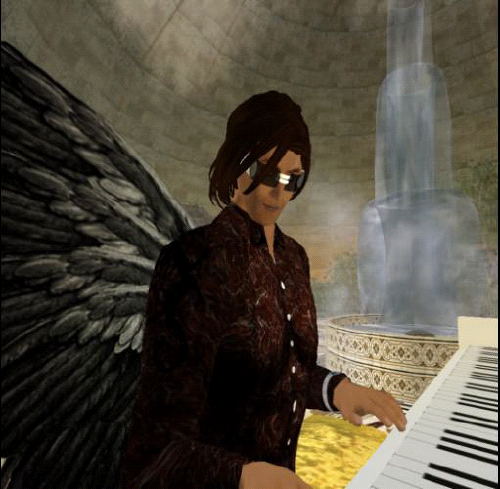

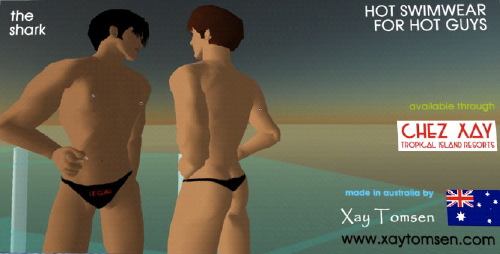
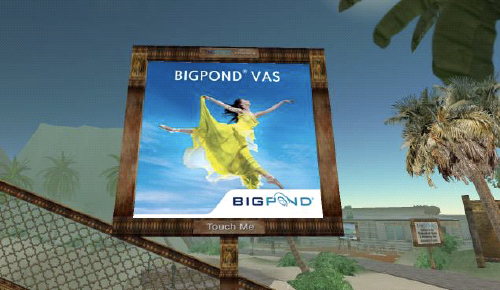
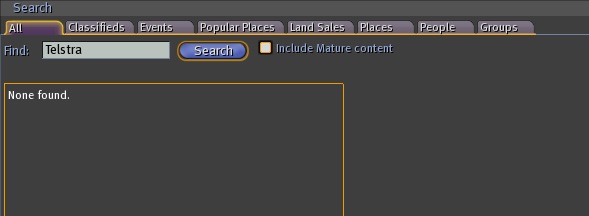
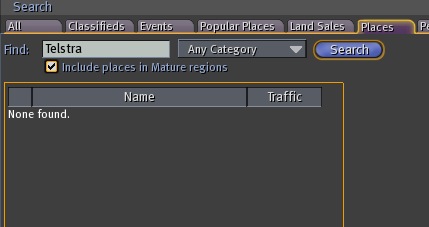
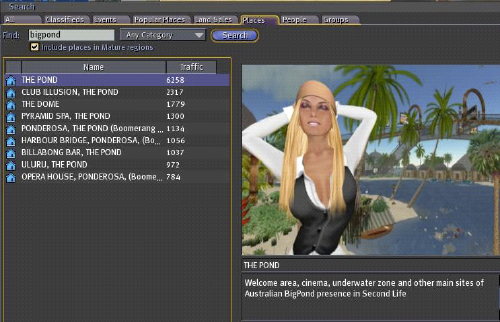
Recent Comments